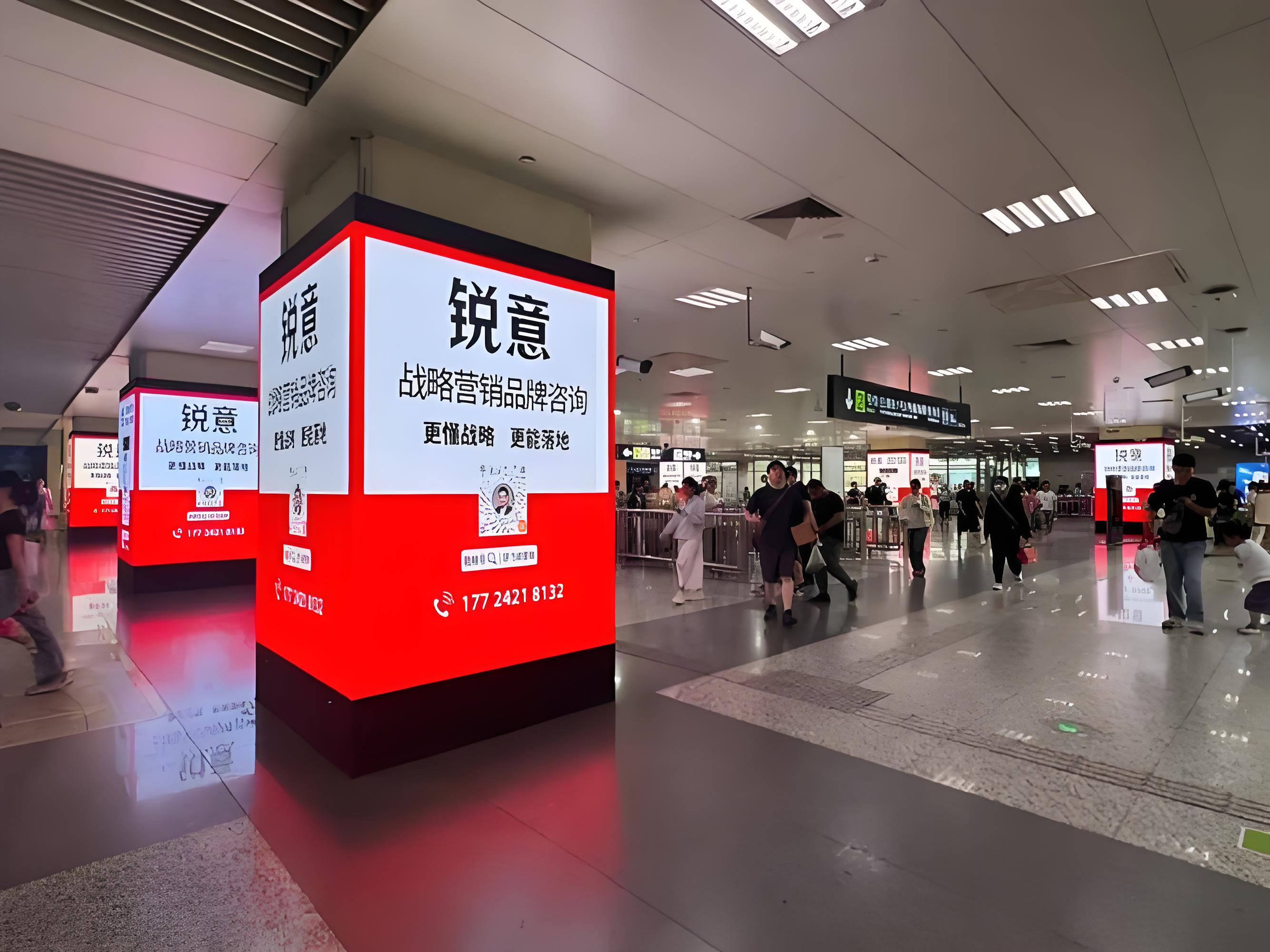Development of Advertising Media Industry
The advertising media industry is in a stage of rapid change and development, presenting the following characteristics and trends:
market situation
Structural growth of advertising market: In the first half of 2025, the sales volume of China's fast-moving consumer goods market increased by 1.8%, and the advertising market also showed structural growth. Entertainment, self enjoyment, and technology consumption have become hot topics, while categories such as personal care and entertainment leisure have shown strong resilience and vitality.
Digital media advertising dominates: Digital media advertising has become the market mainstay, with significant growth in both advertising volume and amount, surpassing the traditional media advertising market. Search engine advertising, social media advertising, video advertising, and other forms are the main forms. In addition, emerging advertising forms such as programmatic purchase advertising and audio advertising are also rapidly developing.
The investment in AI related products has increased significantly: From January to July 2025, the increase in AI related products reached 83%, and the investment in advertising has grown fourfold. 77% of consumers believe that AI elements in brand marketing can enhance brand favorability.
development trend
Mainstream media's "re centralization" communication: Mainstream media captures and guides social emotions to spread positive energy, enhances user stickiness, and relies on structured content, serialized IP, and the ability to set and lead issues to achieve "re centralization" communication. At the same time, mainstream media actively promotes the shift of globalization narrative from "going out" to "going in", injecting new momentum into the expansion of Chinese brands into the global market.
Digitization and Intelligence Deepening: Advanced technologies such as big data, artificial intelligence, and machine learning will penetrate deeper into various aspects of media advertising, achieving intelligence in advertising content creation, placement strategy formulation, and advertising effectiveness evaluation. The application of technologies such as virtual reality (VR) and augmented reality (AR) will also provide more possibilities for advertising creativity.
Content marketing and socialization strengthening: Advertisers will pay more attention to content creation, attract users through high-quality and valuable content, and enhance brand influence. Social media platforms will continue to be an important channel for advertising, and emerging forms of content such as short videos and live streaming will be more widely used.
Cross border integration and innovation acceleration: The advertising industry will engage in deeper cross-border cooperation with other industries, such as e-commerce, gaming, education, etc., to create more new forms of advertising and business models.
face challenges
Market competition intensifies: Industry competition is fierce, and various participants are improving their competitiveness through technological innovation, service upgrades, and other means, gradually increasing industry concentration.
Data security and privacy protection: With the development of digitization and intelligence, the issues of data security and privacy protection are becoming increasingly prominent. How to balance advertising placement and user privacy protection has become an urgent problem to be solved in the industry.
Difficult to measure advertising effectiveness: Traditional advertising effectiveness evaluation methods are no longer sufficient to meet the needs of digital media advertising, and new evaluation systems need to be developed to accurately measure advertising effectiveness.









Please first Loginlater ~